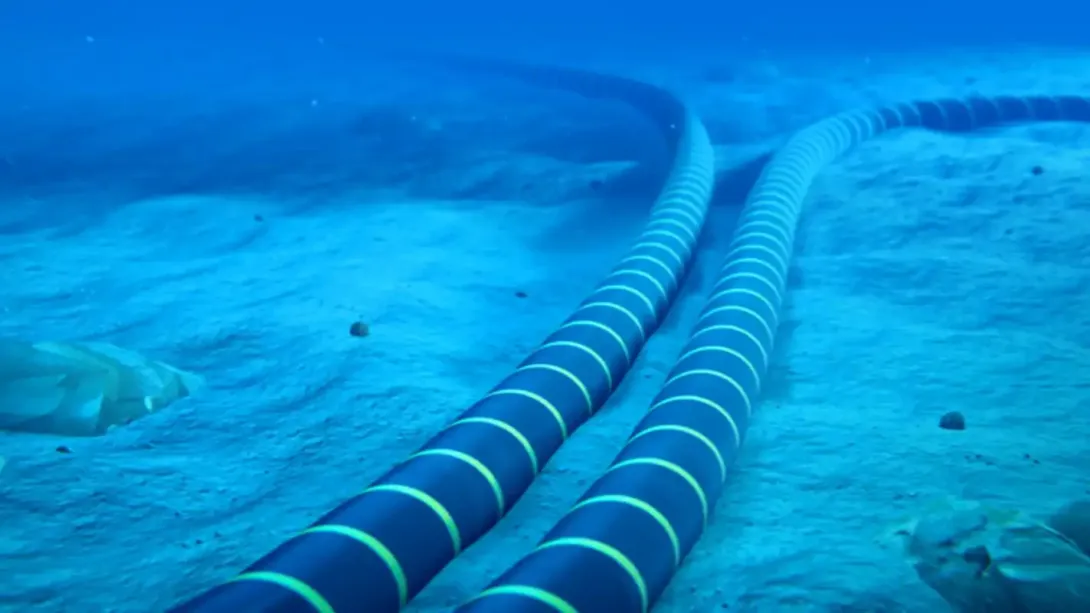Internet connectivity across several Asian markets has been severely disrupted following a major outage in subsea cable networks, the critical infrastructure that carries the majority of the world’s digital traffic. The disruption has slowed broadband services, impacted businesses dependent on cloud platforms, and raised concerns about the region’s heavy reliance on undersea cables for digital communication. While telecom operators are working with international consortiums to restore services, the incident has reignited discussions on the need for diversified infrastructure, satellite-based backups, and greater regional cooperation in digital resilience.
Nature of the Disruption
Subsea cables, often described as the “backbone” of the global internet, handle nearly 99% of intercontinental data. The latest disruption occurred in a high-traffic corridor that connects key Asian economies to Europe and North America. Early assessments suggest the damage was caused by physical stress on the seabed, though operators have not ruled out other causes such as shipping activity or natural events.
Telecom carriers in India, Singapore, Malaysia, and Hong Kong reported slower browsing speeds and intermittent disruptions to streaming services, online transactions, and enterprise platforms. Some financial institutions also experienced latency issues in real-time trading systems.
Economic and Business Implications
The outage has underlined the vulnerability of Asia’s digital economy, which increasingly depends on uninterrupted high-speed connectivity. For industries such as e-commerce, banking, logistics, and IT services, even a few hours of downtime can translate into significant losses. Startups and small enterprises, which rely heavily on cloud computing and SaaS platforms, have been among the hardest hit.
Analysts note that the disruption could indirectly impact stock market trading volumes and cross-border digital transactions, underscoring the systemic risks tied to cable outages.
Restoration Efforts and Alternatives
Repairing subsea cables is a complex process that involves specialized vessels and coordination among multiple countries. Operators have stated that rerouting traffic through alternative cables and terrestrial systems is mitigating some of the disruption, but full restoration could take several weeks.
The incident has renewed calls for strengthening digital infrastructure through investment in satellite broadband, regional data centers, and additional submarine cable routes to reduce dependency on a few critical lines.
Looking Ahead: A Call for Digital Resilience
Asia’s growing role as a hub for global technology and services makes such outages more consequential than ever before. With data consumption rising exponentially, experts emphasize the need for governments and telecom firms to collaborate on redundancy frameworks that can withstand future disruptions.
The latest outage serves as a stark reminder: in an interconnected world, the resilience of physical infrastructure beneath the oceans is just as important as innovation happening above them.

Comments